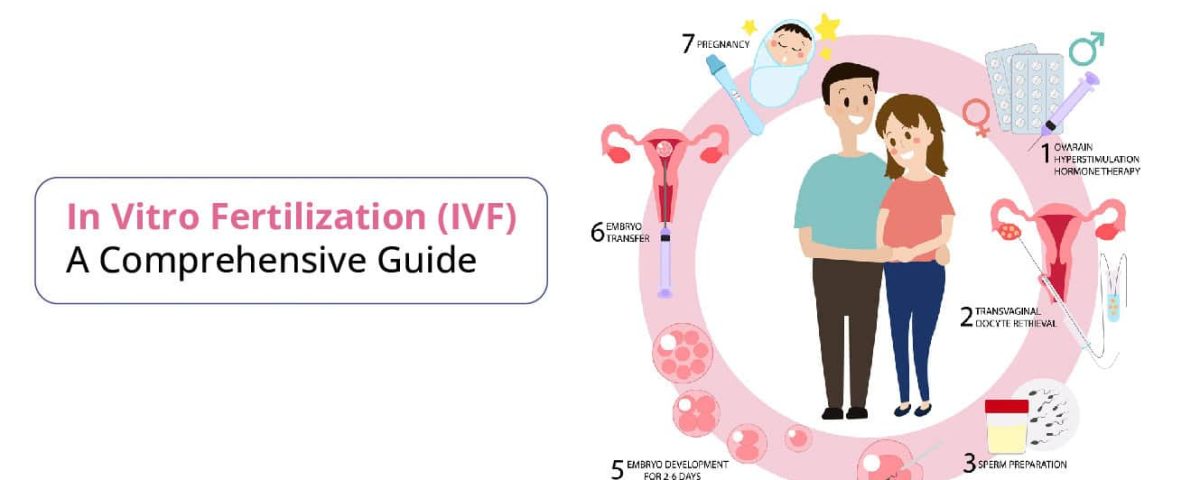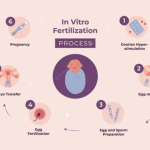
What Does “IVF Baby” Really Mean? A Deep Dive into the World of In Vitro Fertilization
April 14, 2025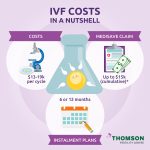
How Much Does It Cost to Do IVF? Your Ultimate Guide to Understanding the Price Tag
April 14, 2025IVF and Cost: What You Need to Know Before Starting Your Journey
In vitro fertilization (IVF) is a life-changing option for many hoping to build a family, but it’s no secret that it comes with a big price tag. If you’re curious about IVF and cost, you’re not alone—thousands of people search for answers every day, wondering how much it’ll set them back, what’s included, and whether they can even afford it. This isn’t just about numbers; it’s about dreams, stress, and the little-known realities behind the process. Let’s dive into everything you need to know—beyond the basics—sprinkled with some surprising facts, practical tips, and the latest insights to help you feel prepared.
How Much Does IVF Really Cost?
IVF costs can feel like a rollercoaster—one minute you’re hopeful, the next you’re overwhelmed. On average, a single IVF cycle in the U.S. ranges from $10,000 to $15,000, but that’s just the starting point. Depending on where you live, your clinic, and extras like medications or special procedures, it can climb to $20,000 or more per cycle. And here’s the kicker: most people need more than one cycle to succeed.
What’s Included in That Price?
Think of IVF like ordering a meal at a restaurant. The base price covers the essentials, but the add-ons can pile up fast. Here’s a breakdown:
- Egg retrieval and embryo creation: The core process of collecting eggs, fertilizing them with sperm in a lab, and growing embryos.
- Embryo transfer: Placing the embryo into the uterus.
- Clinic visits and ultrasounds: Monitoring your progress with appointments and scans.
- Lab fees: The behind-the-scenes magic of keeping embryos safe and healthy.
But then there are the extras:
- Medications: Fertility drugs can cost $3,000 to $5,000 per cycle, depending on your needs.
- Genetic testing: Screening embryos for health issues might add $1,000 to $3,000.
- Freezing embryos: Storing extras for later use? That’s $500 to $1,000 per year.
The Hidden Costs Nobody Talks About
Beyond the obvious, there are sneaky expenses that catch people off guard. Ever thought about the cost of taking time off work for appointments? Or travel if your clinic’s far away? One couple I heard about spent $2,000 on gas and hotels because their nearest fertility center was three hours from home. And don’t forget the emotional toll—some folks end up paying for therapy to cope with the stress, which can add hundreds more.
Fun Fact: IVF Costs More Than a Car!
Here’s something wild: the average cost of one IVF cycle ($15,000) is about the same as a brand-new compact car. Imagine driving away with a baby instead of a sedan—except this “ride” doesn’t come with a warranty!
Why Does IVF Cost So Much?
You might be wondering, “Why is this so expensive?” It’s not just about fancy equipment or doctor salaries—though those play a role. Let’s break it down.
High-Tech Science at Work
IVF isn’t a simple procedure. It involves cutting-edge tech, like incubators that mimic the human body to grow embryos, and skilled embryologists who handle tiny cells with precision. One slip-up, and the whole cycle could fail. That expertise and equipment don’t come cheap.
Medications: The Pricey Powerhouse
Those fertility drugs aren’t your average pills. They’re specially designed to supercharge your ovaries, and they’re not mass-produced like aspirin. A single shot of a drug like Gonal-F can cost $50 to $100—and you might need dozens over a cycle.
The Success Rate Factor
Here’s a stat to chew on: according to the CDC, only about 45% of IVF cycles for women under 35 result in a live birth. For women over 40, it drops to under 10%. Clinics charge high fees because they’re covering the risk—and the reality—that it might not work the first time.
Expert Insight
Dr. Jane Frederick, a fertility specialist in California, once said, “IVF is like funding a small science experiment tailored just for you. Every dollar goes into making sure the odds are in your favor.” That’s a peek into why the price feels so steep—it’s personalized medicine at its most intense.
Does Insurance Cover IVF?
Insurance is the golden question for many. The short answer? It depends.
The State-by-State Puzzle
In the U.S., only 21 states have laws requiring some form of infertility coverage as of 2025, but even then, IVF isn’t always included. States like New York and Illinois mandate coverage for multiple cycles, while others, like Texas, might only require insurers to offer it—not guarantee it. If you’re in a state without these laws (hello, Alabama or Florida), you’re likely paying out of pocket.
What Coverage Looks Like
When insurance does kick in, it might cover:
- Diagnostic tests: Finding out why you’re struggling to conceive.
- Medications: Partially or fully, depending on your plan.
- A set number of cycles: Some plans cap it at one or two tries.
But here’s the catch: co-pays, deductibles, and uncovered extras (like embryo freezing) can still leave you with a hefty bill. One woman shared online that her “covered” IVF cycle still cost her $7,000 after insurance.
A Surprising Twist: Employer Benefits
Big companies like Google and Amazon have started offering IVF benefits to attract talent—sometimes up to $25,000! Even the federal government jumped on board in 2024, giving employees access to plans with generous fertility coverage. Check with your HR department—you might be sitting on a hidden perk.
IVF Around the World: A Cost Comparison
IVF isn’t just a U.S. story—it’s global. And the price tag changes depending on where you are. Let’s take a quick trip.
Cheaper Options Abroad
- Mexico: A cycle can cost $5,000 to $7,000, drawing Americans across the border.
- India: As low as $2,500, though travel and quality concerns pop up.
- Czech Republic: Around $3,000 to $4,000, a hotspot for “fertility tourism.”
Why the Difference?
Lower labor costs, government subsidies, and less regulation keep prices down. But beware: cheaper doesn’t always mean better. Clinics overseas might skip steps like genetic testing to cut corners.
U.S. vs. the World
In the U.K., the National Health Service (NHS) offers up to three free cycles if you meet strict rules—like being under 40. Compare that to the U.S., where $15,000 out-of-pocket is the norm, and it’s clear why some pack their bags.
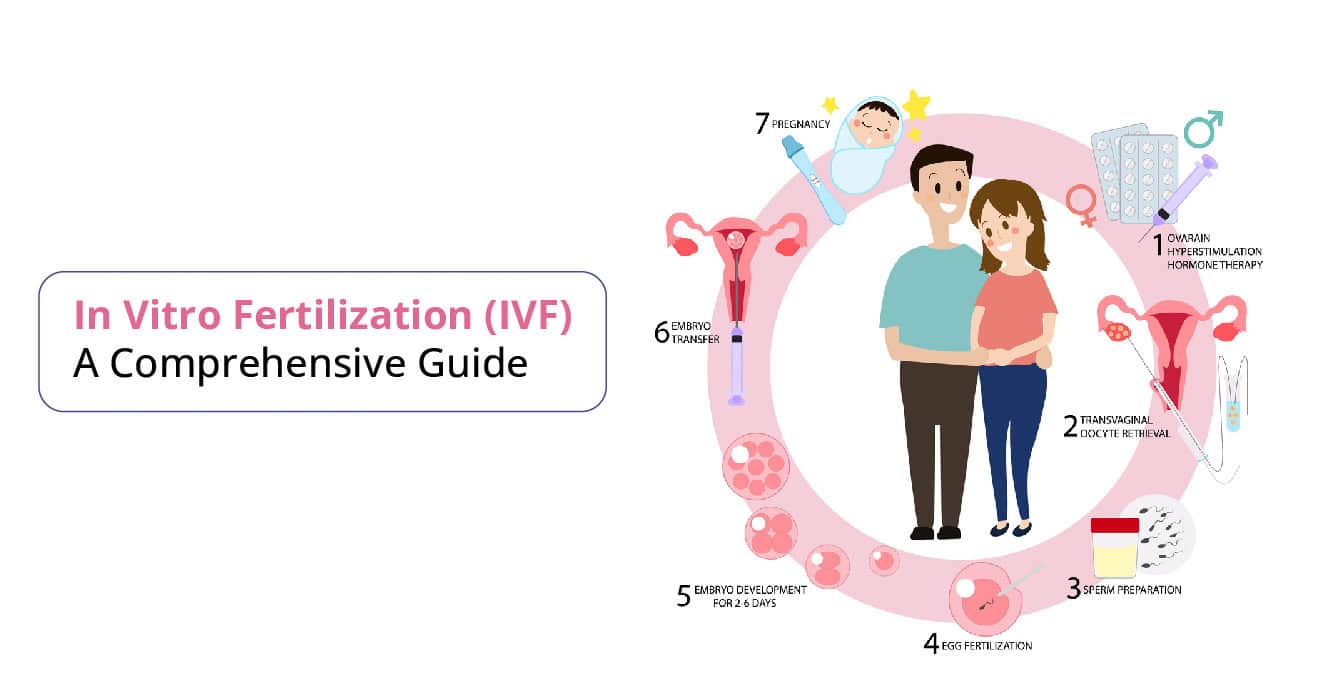
Success Rates and Costs: Are You Getting What You Pay For?
Paying more doesn’t guarantee a baby. Success rates tie directly to age, health, and clinic quality—not just your wallet.
Age Matters Most
Here’s the latest from the Society for Assisted Reproductive Technology (SART) in 2021:
- Under 35: 45% chance of a live birth per cycle.
- 35-37: 32%.
- 38-40: 20%.
- Over 42: Just 3%.
So, if you’re older, you might need more cycles—and more money—to hit the jackpot.
Clinic Quality Counts
Top clinics with high success rates often charge more, but they might save you cash long-term by getting it right faster. A 2023 study found that clinics with above-average success rates charged 10-15% more but had 20% better outcomes. Worth it? Maybe.
The Multiple Birth Bonus (and Risk)
IVF often leads to twins or more—about 12% of cycles, per the CDC. That’s a built-in “two-for-one” deal, but it also means higher medical costs down the road, like $20,000 extra for a twin delivery.
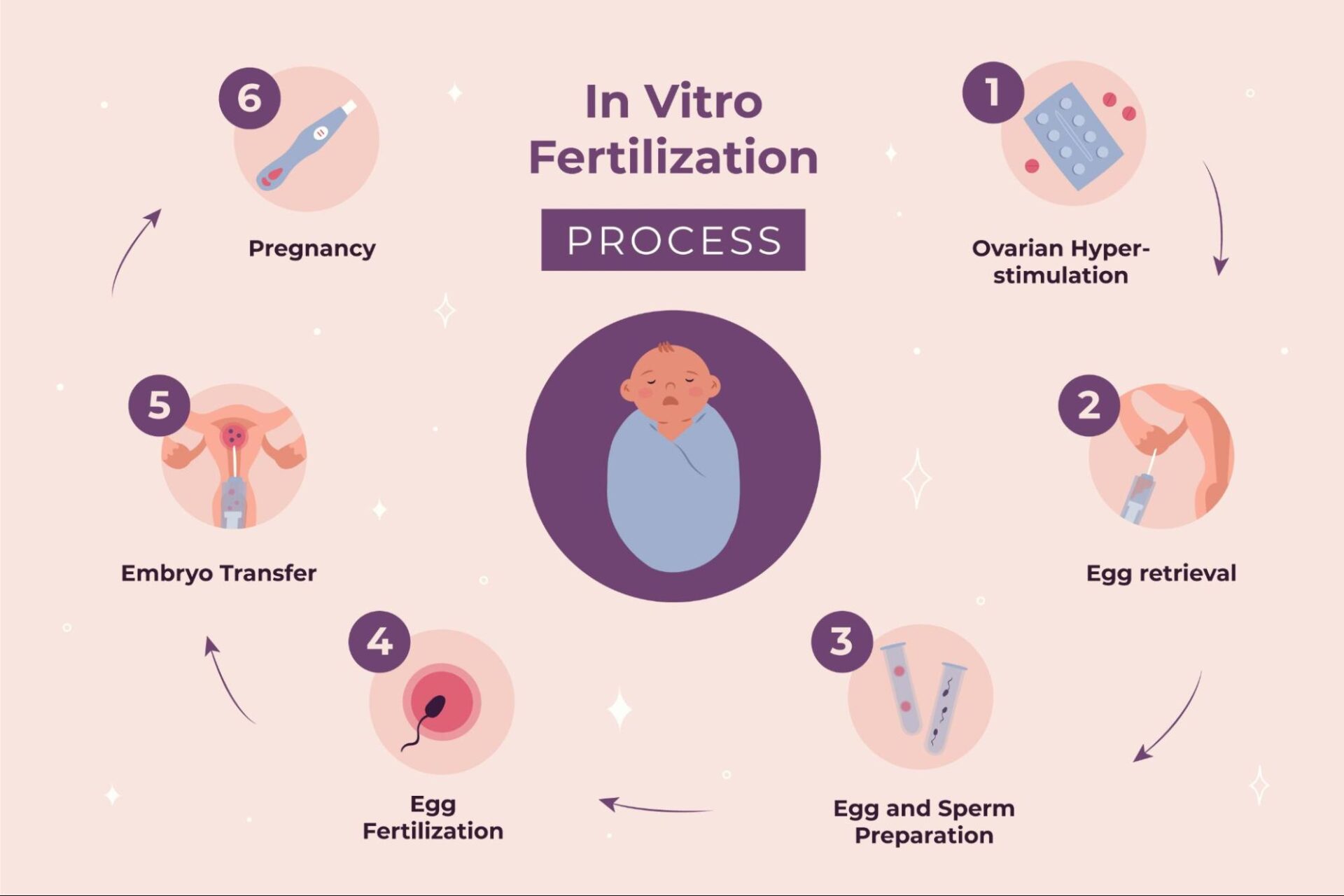
Sneaky Ways IVF Costs Add Up
Beyond the obvious, there are costs that creep up like uninvited guests. Let’s shine a light on them.
Emotional Support Expenses
IVF is a marathon, not a sprint. About 30% of patients seek counseling, costing $100 to $200 per session, according to a 2022 survey. One mom told me, “I didn’t expect to need therapy just to survive the waiting.”
Lifestyle Tweaks
Some folks splurge on acupuncture ($75-$150 per session) or organic diets to boost their odds. Research is mixed on whether these help, but they sure add up.
The “What If” Scenarios
Failed cycles mean starting over—or switching to donor eggs ($10,000-$30,000) or surrogacy ($100,000+). It’s like a choose-your-own-adventure book where every path costs more.
How to Make IVF More Affordable
Don’t lose hope—there are ways to lighten the load. Here’s your game plan.
Step-by-Step Savings Guide
- Shop Around: Compare clinic prices. Some offer discounts for multiple cycles.
- Ask About Financing: Many clinics have payment plans or partner with lenders for low-interest loans.
- Look for Grants: Groups like Baby Quest give out $5,000-$15,000 to cover costs.
- Tax Breaks: The IRS lets you deduct medical expenses over 7.5% of your income—IVF counts!
- Mini-IVF: A lower-dose drug option that can cut costs to $5,000-$7,000 per cycle.
✔️ Do This, ❌ Don’t Do That
- ✔️ Check your insurance—even partial coverage helps.
- ✔️ Freeze extra embryos to avoid repeating egg retrieval.
- ❌ Don’t skip researching clinics—cheap ones might skimp on care.
- ❌ Don’t assume one cycle is enough; budget for two or three.
A Real-Life Hack
One couple saved $3,000 by buying meds from a Canadian pharmacy (legally, with a prescription). It’s not for everyone, but it’s a trick worth knowing.
The Emotional Cost of IVF: Beyond Dollars
Money’s only half the story. IVF can take a toll on your heart and mind.
Stress and Hope, Hand in Hand
Waiting two weeks to see if it worked—called the “two-week wait”—is brutal. Studies show 40% of IVF patients report anxiety levels equal to those with chronic illnesses. One friend described it as “living in limbo with a $15,000 price tag.”
Relationships on the Line
Couples fight over money and decisions. “Should we try again?” can spark tears or silence. A 2024 study found 15% of IVF couples considered splitting up during treatment.
Expert Wisdom
Therapist Lisa McCrohan shared, “IVF isn’t just a financial investment—it’s an emotional one. People don’t talk enough about the grief of failed cycles.” She’s right—it’s a cost you can’t put a number on.
New Research: What’s Changing IVF Costs in 2025?
Science is moving fast, and it’s shaking up the IVF world. Here’s what’s new.
Low-Cost IVF Breakthroughs
A 2024 study tested “mini-IVF” with milder drugs, slashing medication costs by 50% while keeping success rates close to traditional IVF for younger patients. Clinics are rolling this out now—ask if yours offers it.
AI to the Rescue
Artificial intelligence is picking the best embryos, cutting down on failed transfers. A 2023 trial showed AI boosted success rates by 10%, potentially saving you an extra cycle’s worth of cash.
Insurance Momentum
After Alabama’s 2024 embryo ruling, more states are eyeing IVF mandates. Experts predict 25 states could require coverage by 2027, per a health policy report. Fingers crossed!
IVF Myths That Cost You Money
Misinformation can hit your wallet hard. Let’s bust some myths.
Myth #1: More Expensive Clinics Are Always Better
Not true! A $20,000 cycle at a fancy clinic might not beat a $12,000 one at a solid local spot. Check SART data for success rates, not price tags.
Myth #2: You Need All the Add-Ons
Extras like embryo glue or immune therapy sound cool, but a 2023 U.K. report found most lack proof they work. Skip ’em unless your doctor has hard evidence.
Myth #3: IVF Always Works Fast
Only 30-40% of first cycles succeed. Budgeting for one try is a gamble—plan for at least two.
Real Stories: What IVF Costs Taught Them
Hearing from others makes it real. Here are two quick tales.
Sarah’s Journey
Sarah, 34, spent $28,000 over two cycles in Ohio. “I wish I’d known about grants sooner—we got $10,000 from one for the second try, and it worked.” Lesson? Dig for resources early.
Mike and Jen’s Twist
This couple went to Spain for IVF, spending $8,000 total (including flights) versus $15,000 at home. “It was a vacation and a baby in one,” Mike laughed. Lesson? Think outside the box.
Your IVF Cost Checklist
Ready to start? Here’s a handy list to keep your budget on track.
| Item | Estimated Cost | Tip |
|---|---|---|
| Base IVF cycle | $10,000-$15,000 | Compare clinics |
| Medications | $3,000-$5,000 | Ask about generics |
| Genetic testing | $1,000-$3,000 | Only if needed |
| Embryo freezing | $500-$1,000/year | Plan for 2-3 years |
| Travel/therapy | $500-$2,000 | Budget for the unexpected |
Action Steps
- Call your insurance—know what’s covered.
- Get quotes from three clinics.
- Apply for a grant or loan now, not later.
The Future of IVF and Cost: What’s Next?
IVF’s evolving, and costs might too. Here’s what to watch.
Government Help?
With fertility rates dropping, some experts—like Dr. Alan Penzias—predict, “By 2030, we could see federal subsidies for IVF to boost population growth.” Imagine free cycles like the U.K.’s NHS!
Tech Slashes Prices
Lab-grown eggs from skin cells (still experimental) could drop costs to $1,000 per cycle in a decade, per a 2024 Nature study. It’s sci-fi stuff that’s getting real.
Your Role
Stay informed. New options could save you thousands if you time it right.
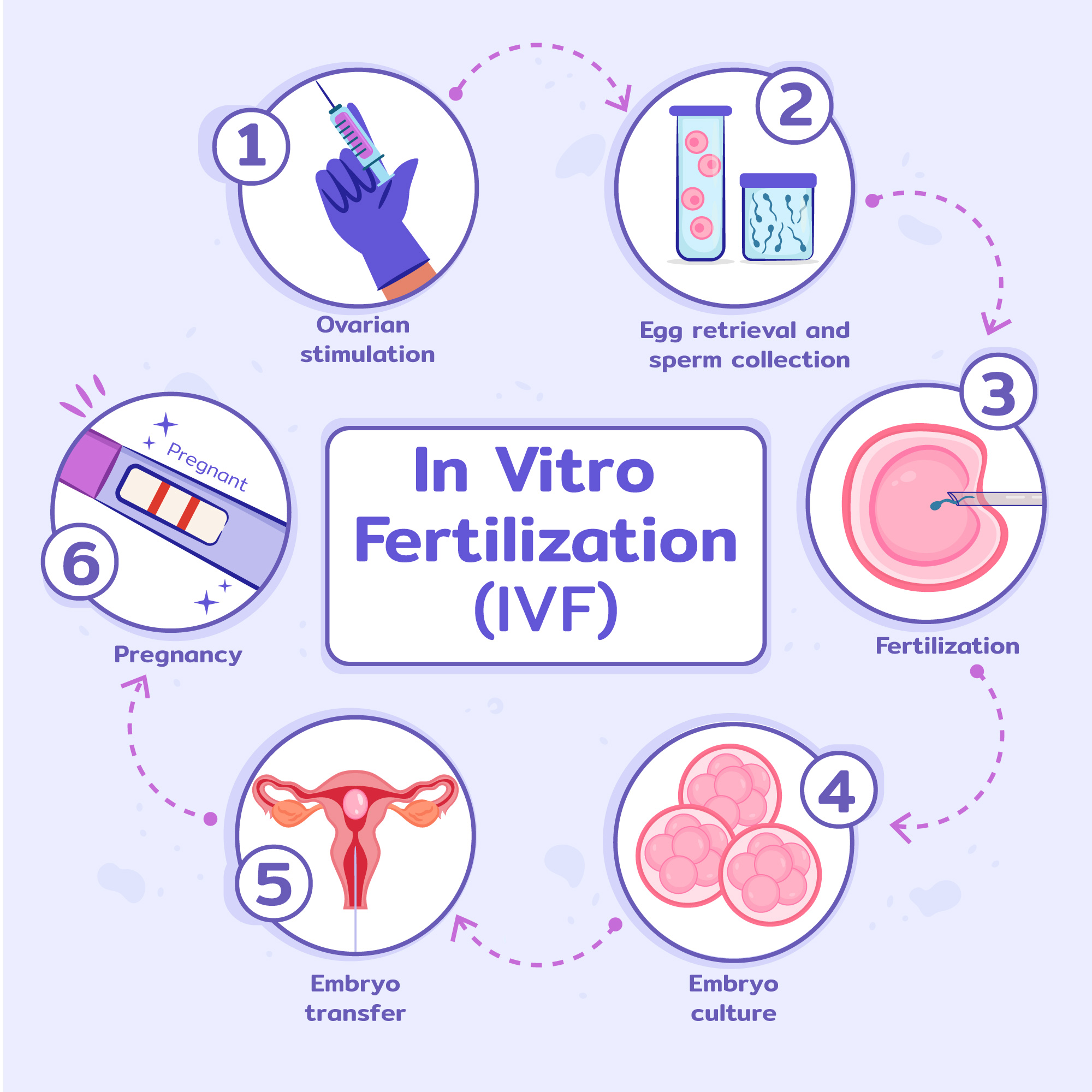
Let’s Talk: Your IVF Questions Answered
This journey’s personal, so let’s make it interactive. Got a question? Here are some I’ve heard—and answers to start.
“Can I negotiate IVF prices?”
Yes! Some clinics offer discounts if you pay upfront or book multiple cycles. Ask politely—it’s worth a shot.
“What if I can’t afford it?”
Try crowdfunding—tons of families raise $5,000-$10,000 online. Or look into shared-risk programs where you pay more upfront but get refunds if it fails.
Your Turn
What’s your biggest IVF cost worry? Drop it in the comments—I’ll reply with tips or dig up the latest for you. Let’s figure this out together!
